BuySellBA
Administrator
How much does it cost to live in two of the most picturesque passages in Buenos Aires: Where are they located and what stories and curiosities they contain? - Infobae

Source:
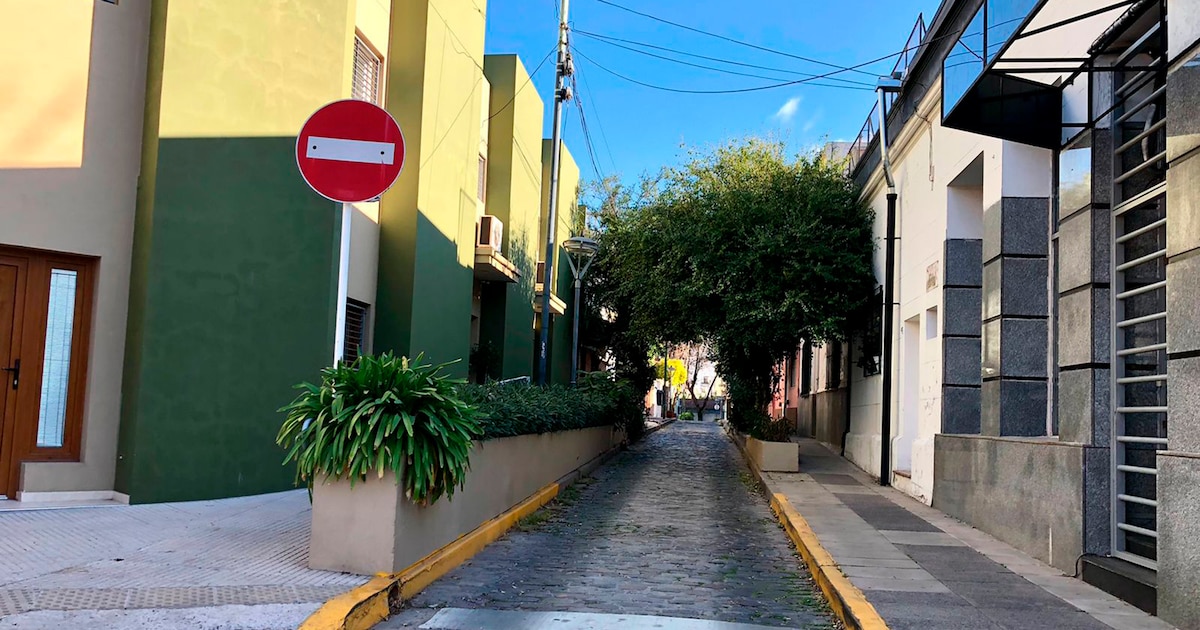
Cuánto cuesta vivir en dos de los más pintorescos pasajes porteños: dónde quedan y qué historias y curiosidades albergan
Ambos están en un barrio gestado a fines del siglo XIX, alrededor de un oratorio donde los vecinos veneraban a una santa, de allí su nombre. Son propiedades de más de tres ambientes, renovadas con conceptos y materiales modernos
July 28, 2024
Both are located in a neighborhood that was born at the end of the 19th century around an oratory where the neighbors worshipped Saint Rita. They are properties with more than three rooms, renovated with modern concepts and materials.
By Jose Luis Cieri
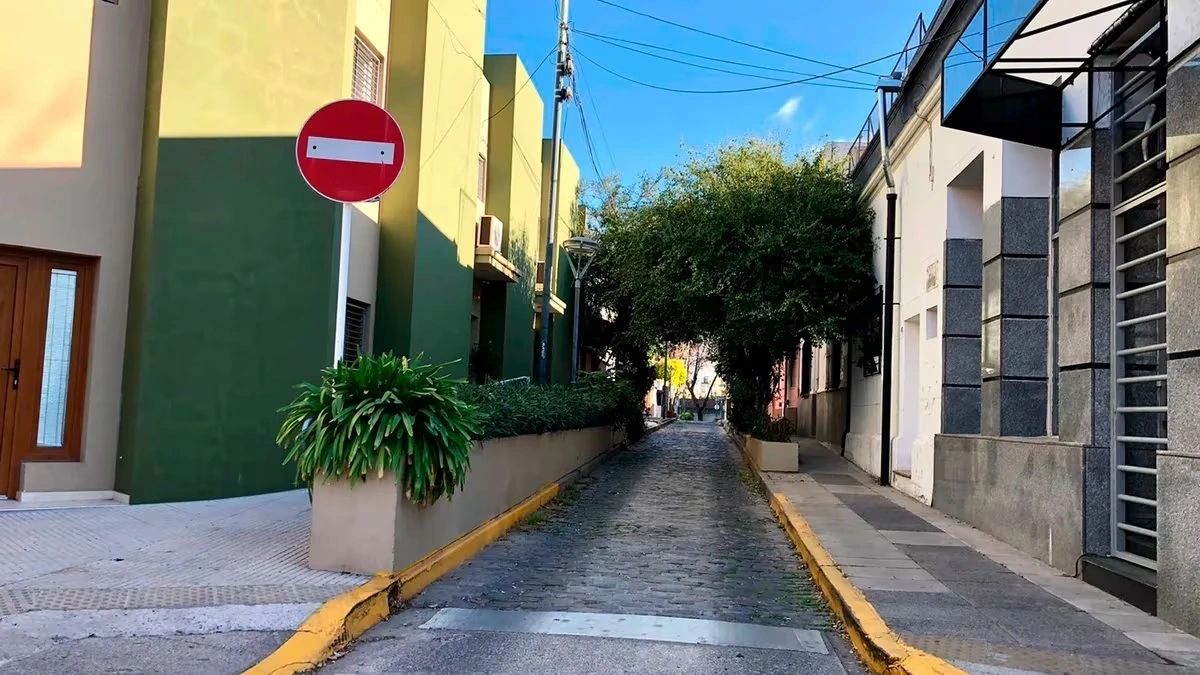
Julio S. Dantas street on the corner of Cuenca. Technically, that is where the street ends. Crossing Cuenca Street, it widens and is called El Delta (Photo Courtesy: San Román Properties)
Julio S. Dantas and Guillermo Enrique Granville passages are located in Villa Santa Rita. Although many people confuse them with Monte Castro, Floresta or Villa del Parque, this neighborhood has its own identity. It is bordered to the east by Condarco Street, to the north by Álvarez Jonte Avenue and Miranda Street, to the west by Joaquín V. González Street, and to the south by Gaona Avenue.
The neighborhood was built on an area of farms, divided into lots at the end of the 19th century (as confirmed in his blog by Pablo Bedrossian , a researcher of Buenos Aires neighborhoods). The properties in these passages have more than three rooms and were renovated with modern concepts and materials that combine classical architecture and modern comfort. They attract the demand that prefers living in a quiet environment.
The neighborhood was created at the end of the 19th century, around an oratory where the neighbors venerated Santa Rica, from which it derived its name.
Most of the passages have their origin in the need to maximize land use in the early years of the 20th century, dividing up large plots. This allowed the owners to maintain lighting, ventilation and functional accessibility to the main routes.
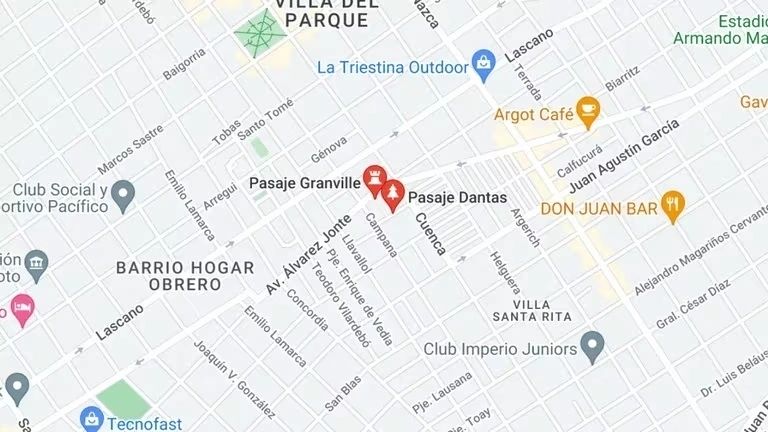
In a context of low-density residential character and high environmental quality, with little-trafficked passages: one pedestrian (Granville) and another a narrow cobbled street (Julio Dantas)
Rossana Castiglioni , an architect, member of the Monte Castro Culture and History Board and an advisor in the Heritage area of the Buenos Aires Ministry of Culture, explained to Infobae : “For the residents, who were generally immigrants, the possibility of accessing their first home in the suburbs of the big city was fundamental. These first homes were of modest architecture and their owners built them as they had funds available.”
There are aerial photos that show the Granville Passage as a Cul de Sac ending towards the interior of the block formed by Jonte, Cuenca, Campana and Elpidio González.
“Since 1940, with the construction of the Nazca neighborhood housing complex , you can see Dantas Passage and the school that finishes off the meeting between Dantas and Granville. These passages, Guillermo Granville (formerly “Normandía”) and Dantas (formerly “El Delta”), divide the block made up of Avenida Álvarez Jonte, Cuenca, Elpidio González and Campana into three. Granville has steps at its entrance on Álvarez Jonte, is exclusively pedestrian and has lights and flowerbeds along its route, installed by the neighbors,” added Castiglioni.

Old photo of the area
The uniqueness of these passages lies in their environmental quality and the sense of identity among the residents. The original flowerbeds and street lamps, installed by the first Italian inhabitants, create a continuity between the houses and the surroundings, as if they were front yards. At the intersection of the Granville and Dantas Passages, there is a public school that is more than 90 years old, called the Province of Tierra del Fuego, Antarctica and the South Atlantic Islands.
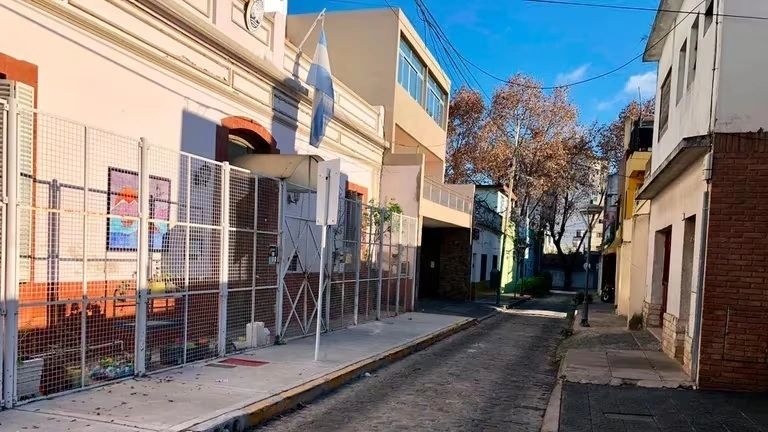
The School of the Province of Tierra del Fuego, Antarctica and the South Atlantic Islands, on Tapirs between Cuenca and Campana
“Granville is exclusively pedestrian and Dantas is a narrow, cobbled street, which favours a uniform scale and a calm atmosphere,” added Castiglioni.
The reason for the names
Julio S. Dantas Passage was named in honor of the hero of the Paraguayan War, by Decree 2,279 of June 30, 1944. Born in 1847, at the age of 19 he received a bullet in the jaw while trying to place the Argentine flag in the enemy trenches. He was rescued by the soldier Enrique Flores, survived and was promoted to lieutenant. He retired as a captain, served in the Ministry of War and the Police, and was a deputy in 1882 and 1908. He died in 1922.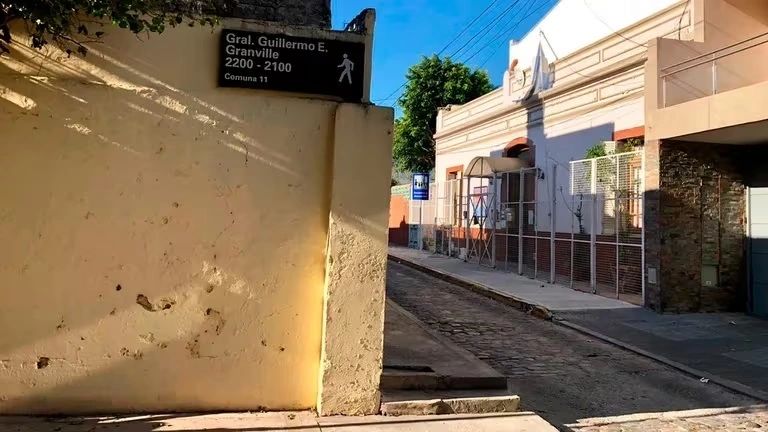
The low-density residential character and high environmental quality, together with little-trafficked passages, contribute to the serene and harmonious environment.
The Guillermo Granville Passage owes its name to an English sailor born in 1793. Granville served Admiral Thomas Cochrane and arrived in Buenos Aires at the beginning of the war with Brazil. In 1826, commanding the schooner Guanaco, he joined Guillermo Brown's fleet and participated in the Battle of Juncal, where he captured twelve ships.
He was promoted to sergeant major. Two months later, in the battle of Monte Santiago, he lost his left arm and had to blow up the brig República to avoid capture. He died in 1836.
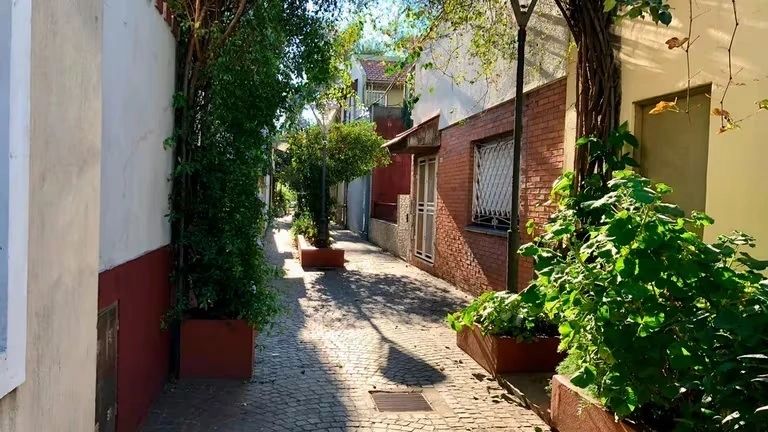
In this image, Granville Passage looks like a European street
Castiglioni highlighted the sense of belonging of the residents of both passages, who strengthened their connection through shared stories. “Granville Passage has unique qualities that reflect the history of the place, known as a neighborhood of malevos due to the peripheral nature of the area before the channeling of the Maldonado stream (under Juan B. Justo Avenue).”
The stream, now piped, together with the old taverns and the slow progress, contributed to several anecdotes of thugs and mobsters. For this reason, this passage and the bars on the corners of Cuenca and Magariño Cervantes, and Emilio Lamarca and Tres Arroyos, became known as “La Puñalada”.
As they are
Both the Dantas passage, between Cuenca and Campana, and the Granville, have single-family homes with not very large lots, apartments in house-type PHs and duplexes.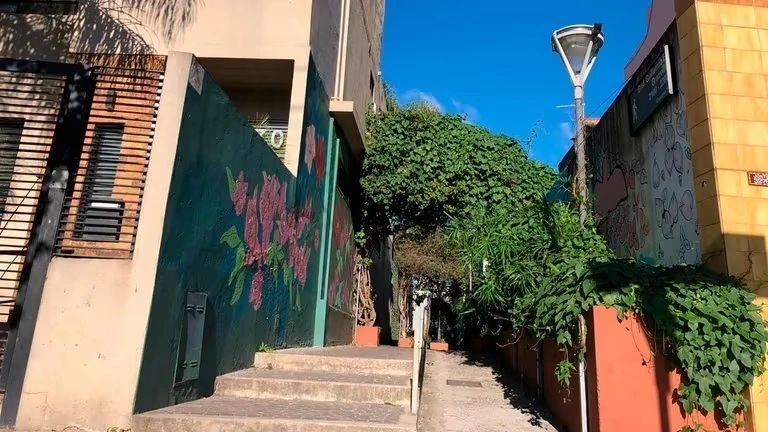
Entrance to Granville Passage from Álvarez Jonte Avenue (Photo Courtesy: San Román Properties)
Román Andrés Paikin , from San Román Properties, highlighted that “the urban planning code classifies the area as a Low Sustainability Unit (USAB), with a maximum permitted height for buildings of 9 meters; therefore, no more than 3 floors can be built in the entire area, thus contributing to preserving it from tall buildings. Let us remember that these two passages are also close to the series of passages called the Nazca neighborhood (see image below).”

Peuser Guide from 1936 with a map showing the Dantes and Granville Passages, which were still unnamed at the time (Photo courtesy of architect Rossana Castiglioni)
Another distinctive feature of the passages are the workers' dwellings from the beginning of the century, of modest style and with a ground floor and - in most cases - an upper floor.
Their occupants improved them, updating the original construction. There are recent constructions at the access to Cuenca del Pasaje Granville and within Dantas.
It is the locals who are responsible for beautifying the passages with colourful murals and central flowerbeds with plants in the Granville passage (Paikin)
“The oldest, chorizo houses with garden fronts are typical of the early 20th century,” Castiglioni said.
Demand and market
A diverse public is looking for housing in this area of Villa Santa Rita, generally those familiar with the neighborhood who appreciate the tranquility of the passageways and belong to the middle class.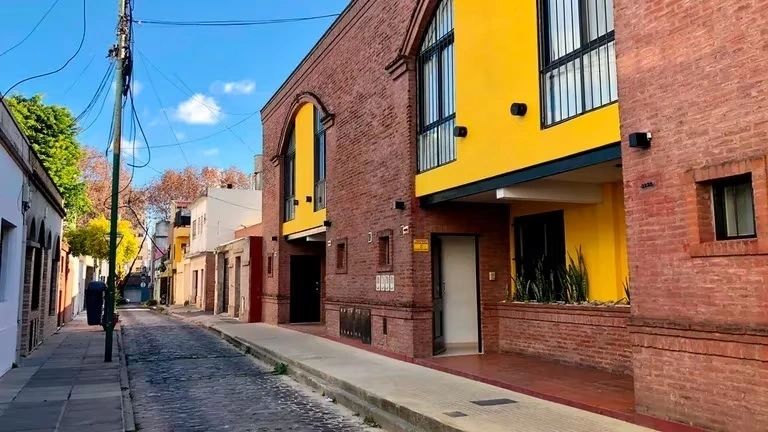
Dantas Passage between Cuenca and Campana. These duplexes are adjacent to the back of the land planned for the Villa Santa Rita plaza, which is fronted by Álvarez Jonte (Photo Courtesy: San Román Properties)
Paikin explained: “The supply of properties in both passages is very punctual and, therefore, scarce. There are very few options for rent and some for sale. Several of the houses, especially in Dantas, have garages.”
According to the Cabaprop portal, houses and PHs in this western Buenos Aires neighborhood range from USD 140,000 and can go up to USD 200,000 (renovated or brand new) for three-room apartments with a garage.
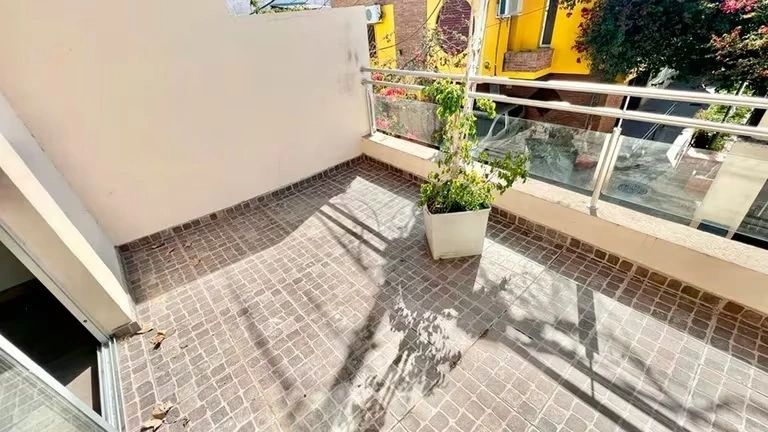
One of the homes for sale there with a terraced balcony (Photo Courtesy: MS Gatti Gestión Inmobiliaria)
The passages are hidden treasures with their own microclimate, thanks to their architecture, streets and vegetation, which gives them special recognition, according to the real estate market.
Cynthia Bergman , broker at MS Gatti Gestión Inmobiliaria, said: “Renowned passages have an added value over standard properties in the area. Living in a passage like Dantas represents an oasis in the middle of a commercially active neighborhood. The exclusivity and beauty of these places make the desire to live in them even greater.
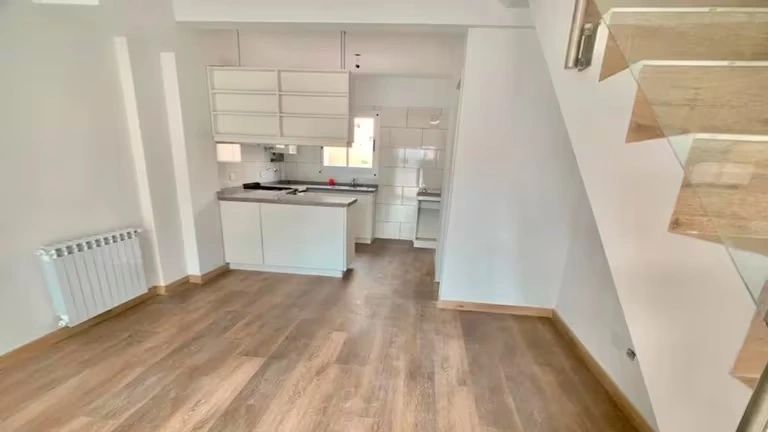
Open concept and luminosity in newly renovated homes
Living in a well-known passage increases the value of the property. For example, in the case of the property located at Dantas 3200, an additional 5% was considered due to its privileged location in the passage and it is a completely renovated duplex with 3 rooms, a patio and a terraced balcony.

Properties are usually more than three rooms in the area (Photo Courtesy: MS Gatti Gestión Inmobiliaria)
It costs USD 180,000 and has almost 100 m2. “On the first floor there is a bright living room, integrated kitchen and reception toilet. On the second floor, there are two bedrooms, a full bathroom with a bathtub, and a patio with a laundry room. With modern materials and radiator heating,” Bergman concluded.
www.buysellba.com

